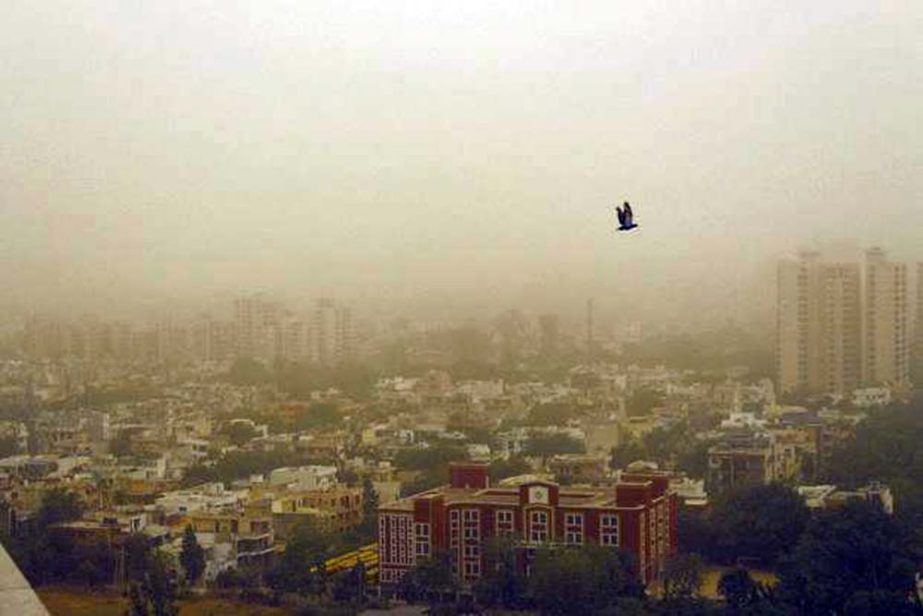
Agencies, Geneva :
The levels of greenhouse gases in the atmosphere, the main driver of climate change, have hit a new record high, the UN said Thursday, warning that the time to act was running out.
“Without rapid cuts in CO2 and other greenhouse gases, climate change will have increasingly destructive and irreversible impacts on life on Earth,” the head of the World Meteorological Organization Petteri Taalas said in a statement.
“The window of opportunity for action is almost closed.”
The Greenhouse Gas Bulletin, the UN weather agency’s annual flagship report, tracks the content of dangerous gases in the atmosphere in the post-industrial era (since 1750).
This year’s report, which covers data for 2017, puts the concentration of CO2 in the atmosphere at 405.5 parts per million (ppm).
That is up from 403.3 ppm in 2016 and 400.1 ppm in 2015.
“The last time the Earth experienced a comparable concentration of CO2 was 3-5 million years ago, when the temperature was 2-3°C warmer,” Taalas said.
Researchers have reliable estimates of C02 concentrations rates going back 800,000 years using air bubbles preserved in ice in places like Greenland and Antarctica.
But by studying fossilised material the WMO also has rough CO2 estimates going back up to three to five million years.
In addition to CO2, the UN agency also highlighted rising levels of methane, nitrous oxide and another powerful ozone depleting gas known as CFC-11.
This story has been published from a wire agency feed without modifications to the text.This story has been published from a wire agency feed without modifications to the text.
The lithosphere is the solid, outer part of the Earth, while the cyrosphere covers that part of the world covered by frozen water.
The UN’s Intergovernmental Panel on Climate Change (IPCC) has said that in order to keep warming below 1.5 degrees Celsius, net CO2 emissions must be at net zero, meaning the amount being pumped into the atmosphere must equal the amount being removed, either though natural absorbtion or technological innovation.
That is up from 403.3 ppm in 2016 and 400.1 ppm in 2015.
“The last time the Earth experienced a comparable concentration of CO2 was 3-5 million years ago, when the temperature was 2-3°C warmer,” Taalas said.
Researchers have reliable estimates of C02 concentrations rates going back 800,000 years using air bubbles preserved in ice in places like Greenland and Antarctica.

